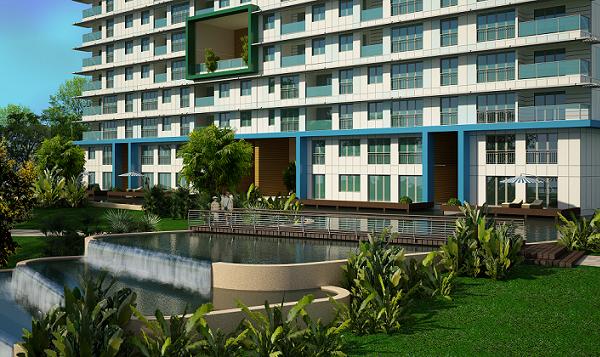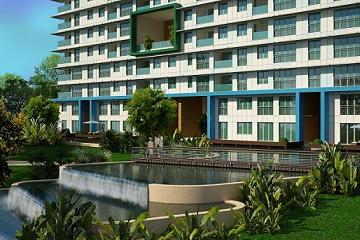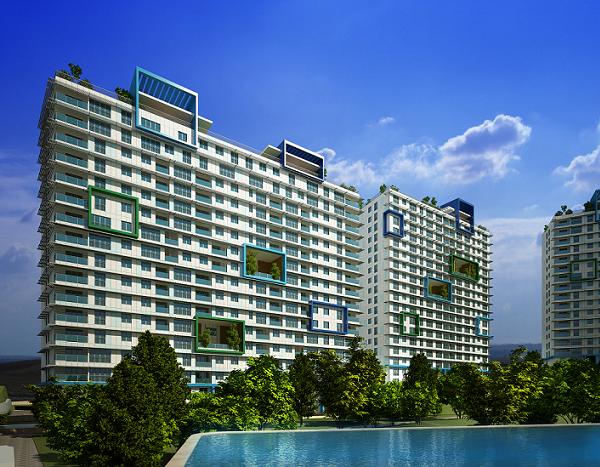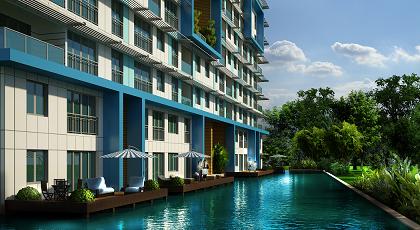
All photos by author
Yeang has been building ecological and bioclimatic premises for almost 40 years.
A prolific writer of books about ecodesign and a visiting scholar at various universities, he has designed over 200 projects since 1975, including the Menara Mesiniaga Tower in Selangor and the National Library of Singapore, which received the Green Mark Platinum Award.


